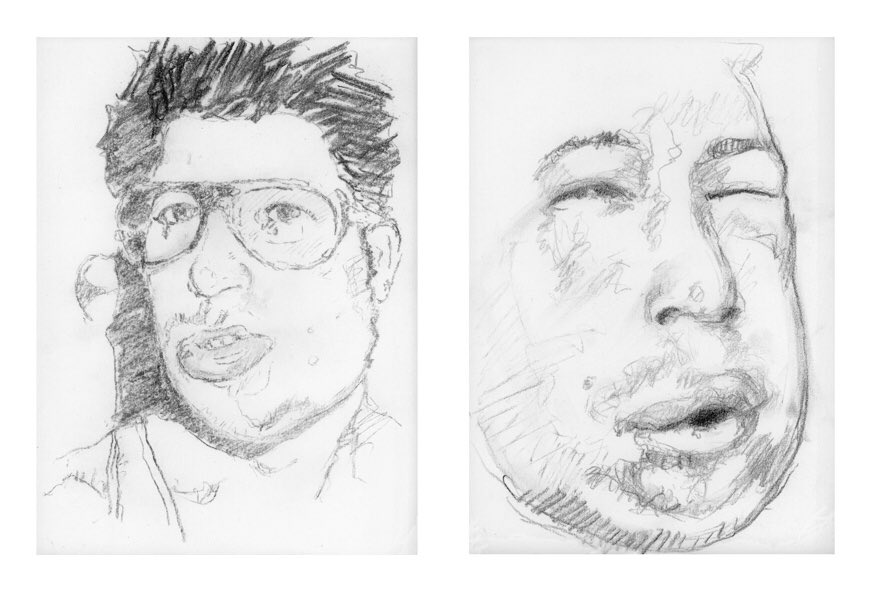This one’s about angioedema.
(And lest you forget, I’ve included a lovely sketch of this swelling pattern, by an artist named Paul Moncus. Google is wonderful.)
1/10

Airway & patient stability permitting, what is ONE high-yield question you should ask?
2/10
This helps you differentiate between bradykinin-mediated and mast-cell mediated forms of angioedema.
To understand why, let’s take a step back to pathophysiology (it’ll be relatively painless, I promise).
3/10
Aside from working within the RAAS axis to regulate sodium and water balance, ACE plays a second role - it helps break down a substance called bradykinin.
Bradykinin, in turn, causes vasodilation (and edema!)
4/10
- Patient takes ACEi.
- No ACE means too much bradykinin. - Too much bradykinin means too much capillary leakage.
Boom! Swelling.
This is the mechanism by which ACEi can cause bradykinin-mediated angioedema. Notice: nowhere have we mentioned itching (yet).
5/10
The pathophys is familiar: mast cells release histamine, causing vasodilation & pruritus.
Like with any allergic rxn, there are many triggers: foods, insects, & yes - medications. Including ACE inhibitors!
6/10
(Note: I wasn’t able to find any literature on whether ACE inhibitors are more likely to cause mast-cell or bradykinin-mediated angioedema).
ncbi.nlm.nih.gov/pmc/articles/P…
7/10
Turns out, the two etiologies of angioedema have different treatments.
8/10
But for mast cell-mediated AE, you’ll want to bring steroids and antihistamines on board, too.
9/10
Whenever feasible, ask your angioedematous patients about itching or urticaria.
This is a key symptom that helps you distinguish between etiologies of angioedema and can materially guide your management.
10/10












